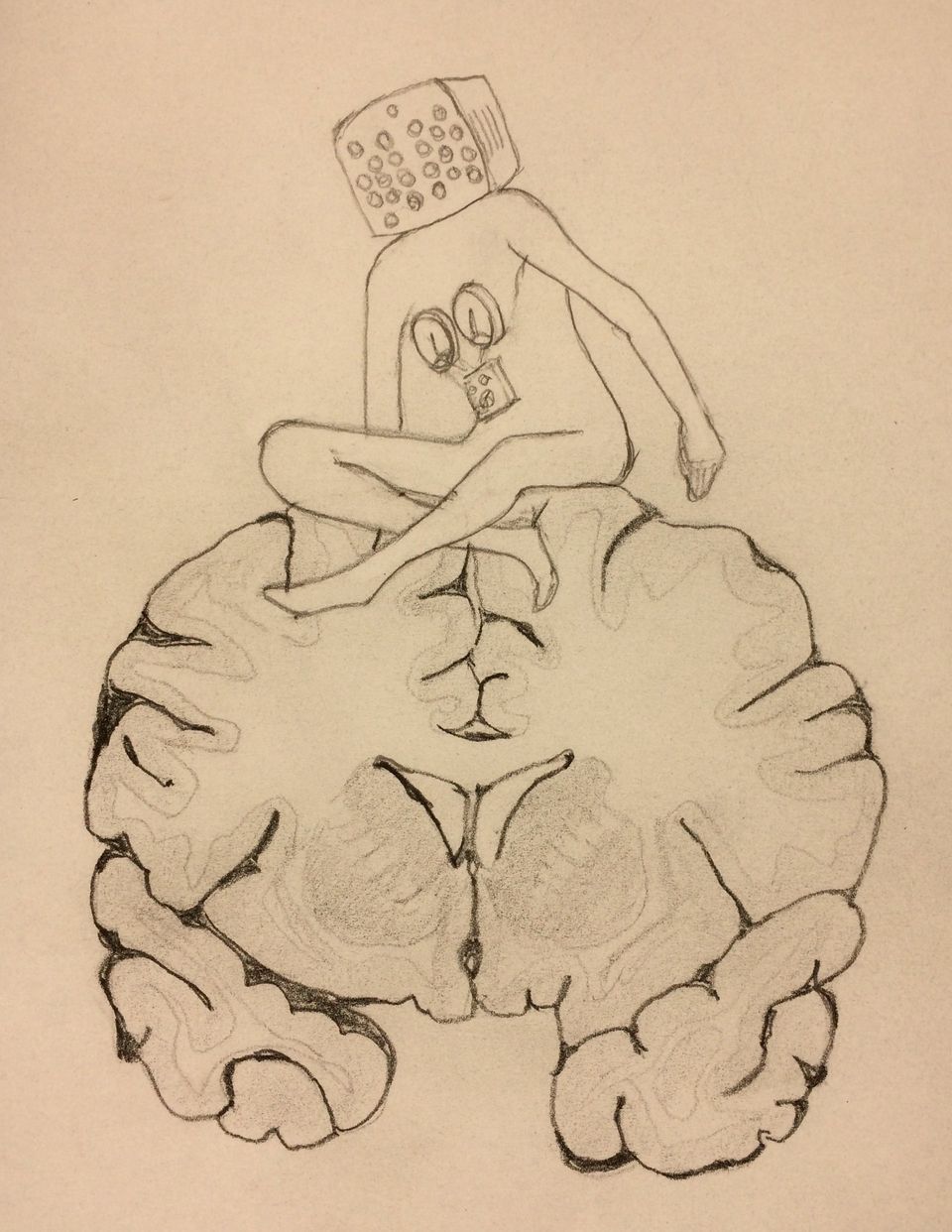DRAMATIS PERSONAE
Main characters in order of appearance:
Dr Orchadia Jakes, the narrator is a fictional creation of Dr William Grey Walter, a character in his 1956 science fiction novel Further Outlook who was assistant to the the head of a fictional scientific research institute and ‘ a brilliant Jungian psychologist’.
Dr William Grey Walter was a physiologist and scientific director of the Burden Neurological Institute in Bristol 1939-1976. The Burden was an independent institution, founded in 1939 by a charitable foundation to work at the interface of psychiatry and neurology. Grey Walter created the first purpose built EEG laboratory there and made a number of original contributions to the field, including creating the first topographical mapping system, the ‘toposcope’.
William ‘Bunny’ Warren trained as an electronics technician, during WW2 Bunny Warren worked on the development of airborne radar in the RAF. he joined the Burden in 1946 and remained until his retirement in the 1980. He and his former sargeant, Harold Shipton, made Walter’s idea for the toposcope a reality. He was introduced to electronics in his teens, working in a radio shop.
Dr Harry Crow, neuropsychiatrist, was clinical director of the Burden Neurological Institute 1956-85. A meticulous and caring clinician, he was epilepsy specialist who also he worked to refine and improve on the primitive forms of psychosurgery praticed in the 1950s and 60s.
Mr Douglas ‘Dougie’ Phillips, a neurosurgeon from New Zealand who worked at Frenchay Hospital Bristol and worked on cases with Burden Institute clinicians.
Topsy is nickname Grey Walter used for the toposcope, personified in the opera as Grey Walter’s muse. He invented a number of electronics gadgets and gave them nicknames female names.
Hans Berger was professor of psychiatry at Jena university in Germany from 1919-38. He discovered the alpha rhythm in 1924 but his lack of credability as a physiologist, and the extraordinary natur eof the finding, lead him to be ridiculed at home and abroad until 1934 when his finding was confirmed by a Cambridge Noble laureate.
Hans Berger’s Muse is an imaginary assistant who encourages him to take risks and overide his caution and consience.
A USAF colonel, head of their reserach in Europe and tutored by Grey Walter at Cambridge university in the 1930s. The US Air Force funded Grey Walter’s research at the Burden for several years in the 1950s, but no record of it exists in the Burden archive held by theScience Museum.
Carl Sem Jacobsen was a Norwegian doctor who worked with the resistance during WW2 and came into contact with American Special Forces, the forerunner of the CIA, after escaping to Sweden. In 1950 he secured a research post at the Mayo clinic to work on a project inserting electrodes into the brains of epileptic, psychiatric and other patients. In 1956 he returned to Oslo and set up a US funded lab at Gaustad psychiatric hospital.
Egas Moniz was an internationally renouned professor of neurology in Lisbon from the 1920s to 1950s known for his pioneer ing work in brain angiography. Like many neurologist he saw psychiatric outpatients and his frustration at the little he good do to help lead him to the idea and first trials of frontal leucotomy in 1935. This was based on a theoretical model of abnormal or overactive pathways between the frontal loebes and thalamus.
Almeida Lima was a neurosurgeon in Lisbon. He perated on the patients in Moniz two trials, following his instructions
Sobral Cid was the professor of psychiatry in Lisbon who supplied Moniz with the first patients from his institution. He disagreed with Moniz’ assessment of the outcomes and so stopped referring patients after the first 15 had been operated on.
Walter Freeman was the patholgoist at St Elizabeth’s, a large psychiatric hospital in Washington DC. He received some training in neurolgoy in Europe, met Moniz at a conference in London. Moniz sent him his monograph on leucotomy and Freeman, with his surgeon friend James Watts, became his most ardent disciples. They developed and successfully promoted a more destructive proecedure and wrote the first text book on psychosurgery. In 1946 the expense of the proecure led him to the inexpensive ice pick procedure which ultiamtely destroyed his reputation.
Walter Freeman’s Muse takes the form of a cadaver with whom he shares his frustrations during a post mortem.
Ellen was an outpatient of Freeman who suffered recurrent agitated depression. He performed the first ice pick operation on her in, is office, in February 1946. She survived and her depression remitted. New Paragraph
